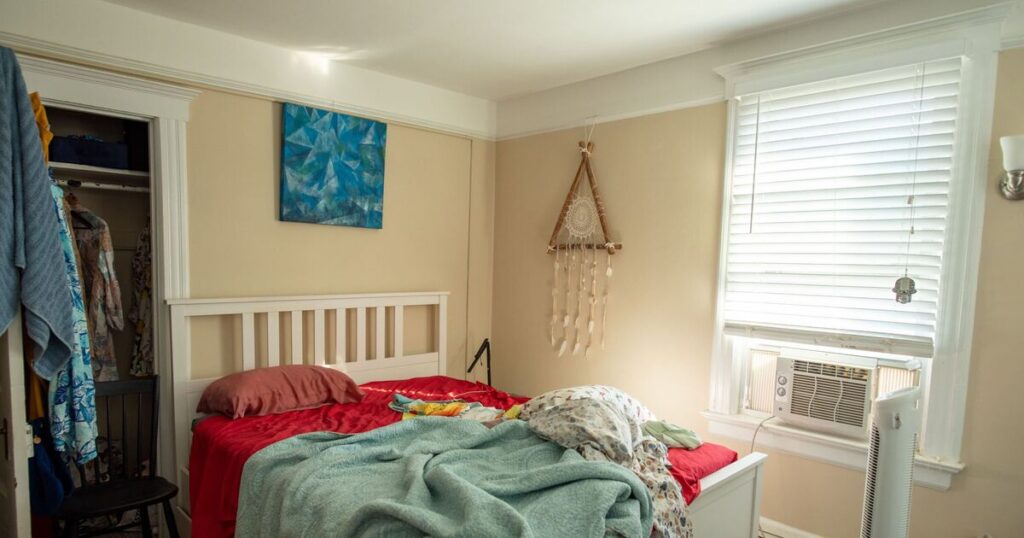
Making your bed in the morning can often be overlooked, particularly when you’re rushing to start your day. However, one doctor suggests that leaving your bed unmade first thing could actually be beneficial for your health.
This will be a relief to those who find the task of meticulously arranging their sheets a chore. Dr Sermed Mezher, a London-based GP, shared an image of an untidy bed, stating: “Leave your bed like this in the morning because your health will thank you for it”.
But why? On his TikTok page @DrSermedMezher, he revealed that dust mites are the reason. These creatures “love moisture” and “use it to survive and reproduce”, potentially causing symptoms such as “rashes or nasal congestion”.
According to Dr Mezher, allowing your bed to “rest,” for 30 minutes to an hour in the morning lets “dry air circulate through”, which can kill some of the dust mites. He also advised changing your bed sheets at least once a week, or every two weeks at the latest, as another measure against dust mites.
Additionally, he suggested that “getting a mattress cover will help,” as dust mites can burrow into your mattress.
What are dust mites?
According to the NHS, these minuscule creatures are present in every home, regardless of how clean it is. They don’t live on humans but feed off our shed skin cells.
Allergies can develop due to their droppings, which can persist even after the mites have died. Where can they be found?
House dust mites thrive in warm, humid conditions and can be found in mattresses, bedding, carpets, upholstery, chairs, curtains, and clothing.
How to remove dust mites
The NHS warns that while complete removal is impossible, certain measures can help reduce their numbers.
- Vacuum at least once a week (ideally not to be done by the person allergic to house dust mites).
- Damp dust the room at least once a week.
- Declutter
- Use barrier bedding covers.
- Avoid heavy curtains. Use lightweight washable curtains or blinds that can be easily washed and cleaned.
- Reduce humidity by increasing ventilation, e.g. opening windows, and using extractor fans in bathrooms and kitchens. If necessary, use a dehumidifier to keep indoor humidity under 50% (but over 30%).
- For those with a severe allergy, consider having vinyl or wood floors instead of fitted carpets in your home, especially in the bedroom.
 Latest World Breaking News Online News Portal
Latest World Breaking News Online News Portal






